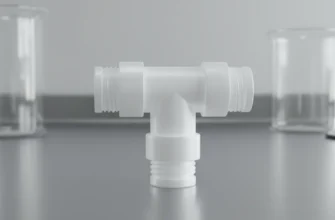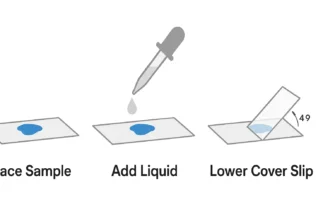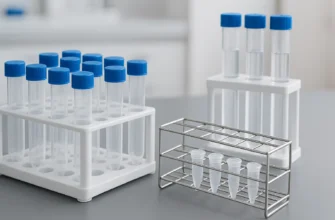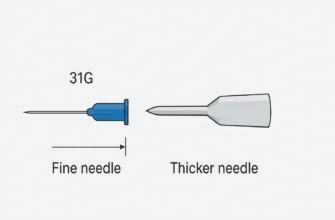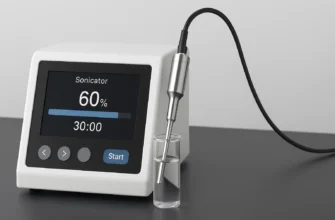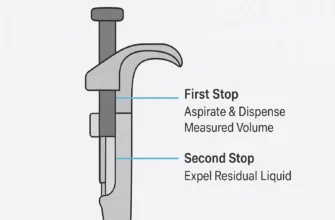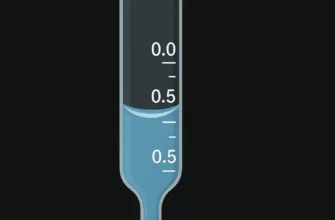Proper Autoclave Protocols for Sterilizing Plastic Pipette Boxes: A Comprehensive Guide
Effective sterilization of laboratory equipment is essential for maintaining experimental integrity and preventing cross-contamination. This article provides a detailed examination of the proper protocols for autoclaving plastic pipette boxes, with specific focus on optimizing temperature settings, preventing condensation, and ensuring safe stacking procedures. Following these guidelines will help laboratory professionals achieve consistent sterilization results while extending the lifespan of their equipment.
Introduction to Autoclaving Pipette Boxes
Autoclaving remains the gold standard for sterilizing laboratory equipment due to its effectiveness in eliminating microorganisms through high-temperature steam. For plastic pipette boxes specifically, proper autoclaving not only ensures sterility but also maintains the structural integrity of these essential laboratory items. However, improper techniques can lead to deformation, moisture accumulation, and incomplete sterilization.
Materials and Compatibility Considerations
Suitable Materials for Autoclaving
Not all plastic materials can withstand the high temperatures and pressures of an autoclave cycle. Polypropylene (PP, plastic polymer #5) is the most commonly used material for autoclavable pipette boxes, as it can maintain its structural integrity at standard autoclave temperatures. Most laboratory pipette boxes are manufactured from this material specifically for its heat resistance properties.
Temperature Limitations
While polypropylene pipette boxes can typically withstand autoclave temperatures, it’s important to respect their limitations:
- Standard autoclave temperature: 121°C (252°F)
- Maximum temperature threshold for most polypropylene boxes: 135°C
- Avoid using “dry cycle” settings that may cause deformation or weakening of the plastic
Materials to Avoid
Some plastic polymers are unsuitable for autoclaving:
- Polycarbonate loses tensile strength when autoclaved
- Polyethylene may melt under autoclave temperatures
- Non-autoclavable plastics will deform, creating potential hazards and compromising sterility
Optimal Autoclave Settings for Pipette Boxes
Temperature and Pressure Parameters
For effective sterilization without damaging pipette boxes:
- Temperature: 121°C (252°F)
- Pressure: 15 psi/1 atm (1 bar of relative pressure)
- Duration: 20 minutes minimum holding time
These parameters ensure complete sterilization by effectively killing microorganisms while remaining within the safe operating range for polypropylene materials.
Cycle Selection
Select the appropriate cycle type for pipette boxes:
- Use gravity cycle for most applications
- For pipette tips specifically, the dry cycle can minimize moisture retention
- Avoid using dry cycles for the boxes themselves, as this can cause deformation
Step-by-Step Protocol for Sterilizing Pipette Boxes
Preparation
-
Inspect pipette boxes for damage or residual contamination
-
Clean boxes thoroughly to remove any residues or contaminants
-
Ensure all parts are completely dry before proceeding
-
Slightly open the lid of the tip tray (prop it up with the lid’s locking tab)
-
Apply autoclave indicator tape if needed for verification
Loading Procedure
- Position boxes upright on a level surface within the autoclave
-
Ensure sufficient space between items for proper steam circulation
-
Place denser items at lower positions in the chamber than lighter items
-
Avoid stacking boxes directly on top of each other
-
Ensure all box lids are slightly ajar to allow steam penetration and pressure equalization
Autoclave Operation
-
Close and lock the autoclave door securely
-
Set the temperature to 121°C (252°F)
-
Set the pressure to 15 psi/1 atm
-
Set the sterilization time to 20 minutes
-
Record the cycle in your lab’s autoclave log
-
Allow the full cycle to complete without interruption
Preventing Condensation and Moisture Issues
Moisture accumulation is one of the most common issues when autoclaving pipette boxes and tips. Follow these guidelines to minimize condensation:
During Autoclaving
- Never wrap pipette boxes in aluminum foil in an attempt to “keep moisture out” – this actually traps moisture and prevents proper steam circulation
- Always keep box lids slightly open during the autoclave cycle
- Ensure proper air circulation throughout the autoclave chamber
- Don’t overload the autoclave, as this impedes steam flow and proper drying
Post-Autoclave Drying
Several techniques can expedite drying and prevent condensation:
- Allow boxes to cool naturally within the autoclave before removing
- Transfer boxes to a heated drying cabinet or incubator set at 55°C to accelerate drying
- Once cool enough to handle, close the lids properly to maintain sterility while preventing new moisture from entering
- Store in a clean, dry environment after the drying process is complete
Proper Loading and Stacking Techniques
Orientation Guidelines
-
Always position pipette boxes upright on a level surface
-
Never place boxes on their sides during autoclaving
-
Arrange items to allow for optimal steam circulation
-
Leave adequate space between items
Stacking Considerations
-
Avoid direct stacking of plastic items to prevent mechanical stress
-
If space constraints require stacking, use autoclave baskets or racks to distribute weight
-
Place heavier items at the bottom of the autoclave chamber
-
Ensure stacked items don’t block steam circulation to other items
Post-Autoclave Processing
Cooling and Drying
-
Allow boxes to cool gradually within the autoclave if possible
-
If immediate removal is necessary, place on a clean, heat-resistant surface
-
For expedited drying, transfer to a heated drying cabinet or laboratory incubator set at 55°C
-
Close lids completely once boxes have cooled to maintain sterility
Verification of Sterilization
-
Check autoclave indicator tape for proper color change
-
Verify autoclave logs for confirmation of appropriate cycle completion
-
Inspect boxes for any signs of deformation or damage
-
Periodically validate sterilization effectiveness using biological indicators
Safety Considerations
Operator Safety
-
Always use heat-resistant gloves when handling recently autoclaved items
-
Allow sufficient cooling time before handling autoclaved materials
-
Be cautious of hot steam when opening the autoclave door
-
Follow your laboratory’s standard operating procedures for autoclave operation
Equipment Safety
- Regularly inspect the autoclave door gasket for cracks or damage
-
Check jacket pressure to ensure it’s suitable for your equipment
-
Never autoclave containers with residual chemicals or contamination
-
Maintain complete autoclave logs for traceability and quality control
Environmental Benefits: Reuse and Recycling
Sustainable Laboratory Practices
Proper autoclaving of pipette boxes enables environmentally responsible laboratory practices:
- Sterilized pipette boxes can be reused multiple times, reducing plastic waste
- After their useful life cycle, properly decontaminated boxes can be recycled
- Some institutions implement university-wide washing stations for pipette tips, with potential for 100% return on investment within 3 months
- Green lab certification programs often include protocols for proper decontamination and recycling of laboratory plastics
Troubleshooting Common Issues
Addressing Moisture Problems
-
If tips remain wet after autoclaving, ensure lids are properly cracked during the cycle
-
Consider extending drying time or utilizing a heated drying cabinet
-
Check that the autoclave is not being overloaded, which can impede steam circulation
-
Verify that the autoclave’s dry cycle (if used) is functioning properly
Managing Plastic Deformation
-
If boxes show signs of warping, reduce autoclave temperature slightly
-
Ensure boxes are positioned upright on a level surface
-
Avoid stacking or applying pressure to boxes during autoclaving
-
Check that boxes are made of autoclave-compatible materials (polypropylene)
Conclusion
Proper autoclaving of plastic pipette boxes is essential for maintaining sterility in laboratory environments while preserving the functionality and lifespan of these essential items. By following the protocols outlined in this guide—including careful attention to temperature settings, condensation prevention, and appropriate loading techniques—laboratory professionals can achieve consistent sterilization results while supporting sustainable laboratory practices through reuse and recycling.
Implementing these evidence-based procedures will help ensure experimental integrity, prevent cross-contamination, and contribute to both laboratory safety and environmental responsibility. Regular validation of these protocols using biological indicators and quality control measures will further enhance the reliability of your laboratory’s sterilization processes.



